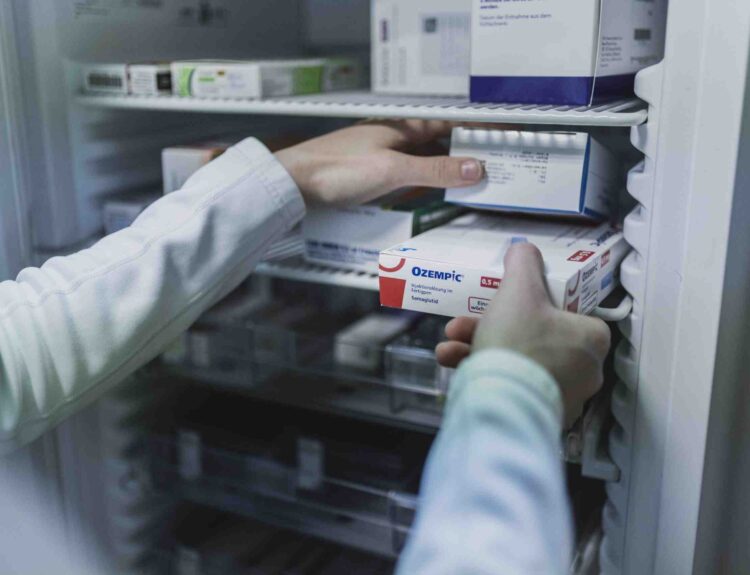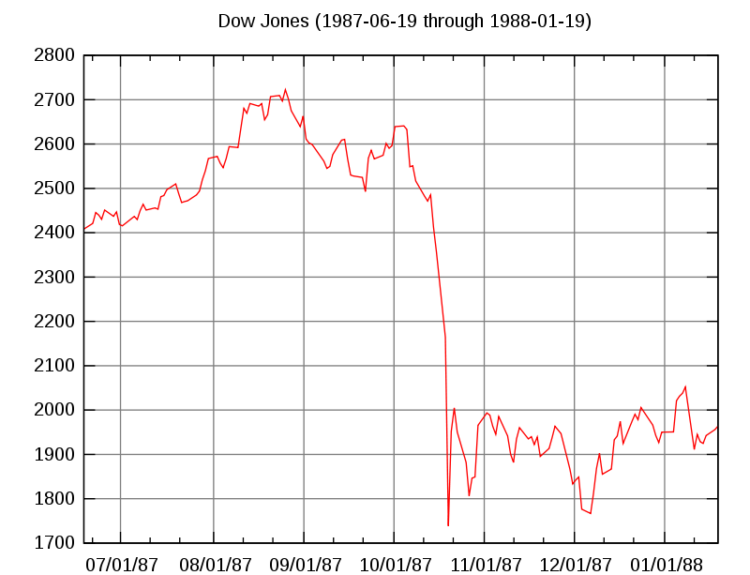Once a booming sector, life-sciences properties are now struggling to find tenants.
- Life-sciences properties, once in high demand, are now facing a significant oversupply.
- Developers are converting life-sciences spaces to office use, accepting lower rental rates.
- Vacancy rates in key markets like Boston have surged to 27.7%.
- High interest rates and weak venture-capital financing have dampened demand for life-sciences space.
- The value of life-sciences properties has dropped by 15% to 20% since 2022.
The demand for life-sciences properties, which surged during the pandemic, has drastically declined, leading to an oversupply in markets like San Diego and Boston. Developers are now considering converting these specialized spaces into traditional office use, even if it means accepting lower rental rates—down from $100 per square foot for lab space to around $70 for office space. nnSince the pandemic began, over 59 million square feet of new life-sciences space has been added in the U.S., with an additional 19.1 million square feet in the pipeline. This rapid expansion was fueled by a rush to create climate-controlled laboratories and specialized facilities. However, as the market adjusts, vacancy rates have skyrocketed, particularly in Boston, where they have reached 27.7%. nnThe decline in demand is attributed to high interest rates and a slowdown in venture-capital funding, causing many biotech and pharmaceutical companies to scale back their expansion plans. Some life-sciences projects have struggled to find tenants, with notable developments like IQHQ’s $2 billion campus in San Diego nearing completion without any confirmed occupants. nnWhile some core life-sciences locations remain stable, the oversupply is causing significant distress in newer markets. The value of life-sciences properties has fallen by 15% to 20% from their peak in 2022, impacting financial institutions that invested heavily in these developments. nnDespite the challenges, the overall impact on the economy is less severe than the turmoil in the office market, as the life-sciences sector is smaller. High-quality properties still maintain healthy occupancy rates, and some developers are optimistic about future demand as biotech investments begin to rise again. However, the current supply-demand imbalance poses a significant challenge that could persist for years.·
Image Credits: no
Factuality Level: 7
Factuality Justification: The article provides a detailed analysis of the current state of the life-sciences real estate market, supported by data and quotes from industry professionals. However, it includes some opinions and predictions that may not be universally accepted, which slightly detracts from its overall objectivity.·
Noise Level: 8
Noise Justification: The article provides a detailed analysis of the current state of the life-sciences real estate market, highlighting the overbuilding issue and its consequences. It includes data and examples to support its claims, discusses the implications for developers and the broader economy, and maintains focus on the topic without unnecessary filler. However, it could improve by offering more actionable insights or solutions.·
Public Companies: Alexandria Real Estate Equities (ARE), Bank OZK (OZK), Citigroup (C), Blackstone (BX)
Private Companies: Rockpoint Group,IQHQ,Leggat McCall Properties,DLJ Real Estate Capital Partners,Greystar Real Estate Partners
Key People: Fred Borges (Senior Managing Director), Joel Marcus (Executive Chairman and Founder), Travis McCready (Head of Life Sciences, Americas Markets), Dylan Burzinski (Analyst), Gary Kerr (Senior Managing Director)
Financial Relevance: Yes
Financial Markets Impacted: The article discusses the impact of a glut of life-sciences properties on real estate markets, particularly affecting companies like IQHQ and Bank OZK, as well as the broader financial system due to declining property values and leasing challenges.
Financial Rating Justification: The article focuses on the financial implications of overbuilding in the life-sciences real estate sector, including the effects on property values, leasing rates, and the financial health of companies involved in these developments.·
Presence Of Extreme Event: No
Nature Of Extreme Event: No
Impact Rating Of The Extreme Event: No
Extreme Rating Justification: The article discusses a downturn in the life-sciences real estate market but does not report on any extreme events that occurred in the last 48 hours.·
Deal Size: 2000000000
Move Size: No market move size mentioned.
Sector: Healthcare
Direction: Down
Magnitude: Large
Affected Instruments: Stocks
 www.wsj.com
www.wsj.com 





